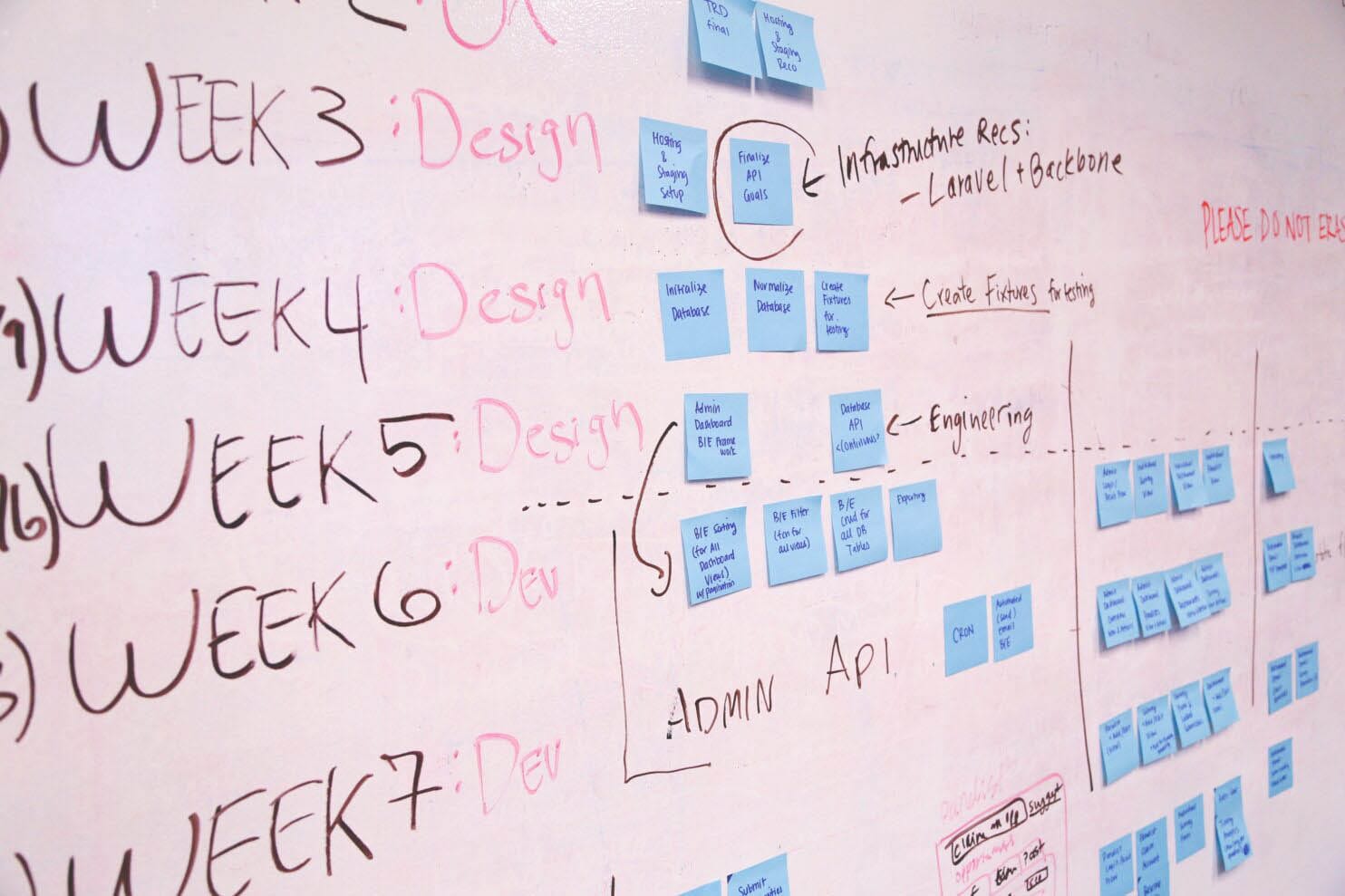
Project Management Methodologies: Waterfall Vs Agile
There are many project management methodologies. You’ve probably heard of a few of them too, like Waterfall, Agile, Scrum, PMBOK, and many more. Today we’re focusing on the differences between Waterfall and Agile.
Choosing a project management methodology is highly dependent on your project team, the scope of work and duration and type of project. The project manager is typically the one who determines the project management methodology that will be followed throughout the duration of the project.
WATERFALL
Waterfall is the least forgiving and oldest project management methodology. Waterfall is a linear project management methodology, meaning it’s always carried out in chronological order of pre-planned steps. This process requires both parties to be on the same page before the project kick-off.
According to ActiveCollab, “Waterfall was the first software development methodology, inherited from manufacturing and construction where you can’t afford to iterate (after you’ve built a tower or bridge you can’t go back to ‘improve’ the foundation).” Therefore, planning is the most important step of the waterfall methodology.
The typical stages in waterfall project management, according to Wrike, are:
- Requirements
- System design
- Implementation
- Testing
- Deployment
- Maintenance
PROS:
- Project is completely planned out
- Easy to replicate once complete
CONS:
- No room for deviation or scope change
- Most of the workload appears in the beginning
In Waterfall methodology, you’re unable to re-evaluate your final deliverable. In Agile, you’re able to change the target deliverable. If your project requires multiple testing stages and possible revisions, the waterfall methodology probably isn’t for you.
AGILE
Agile methodology is a highly iterative process and a much more flexible approach than the waterfall methodology. Instead of going in chronological order, the agile methodology process can have steps to repeat multiple times. Agile typically works better for software development.
Typically, the agile process fosters collaboration amongst the project team and the stakeholders. There are short, iterative cycles that allow for work to get done fast and for flexibility for change. Rather than having an entirely built out plan like Waterfall, the Agile methodology is planned out as the project rolls out.
Agile and waterfall have the same stages, but waterfall is strictly carried out in chronological order, whereas agile loops around for more flexibility throughout the process.
PROS:
- Flexibility
- Constantly receiving feedback from stakeholders
CONS:
- Constantly changing, no fixed plan
- Cost of having flexibility can be expensive
Agile and waterfall are completely different types of project management methodologies and they’re both useful for different types of projects. Looking for help with a project in your organization? Reach out to one of our consultants for a free consultation.
